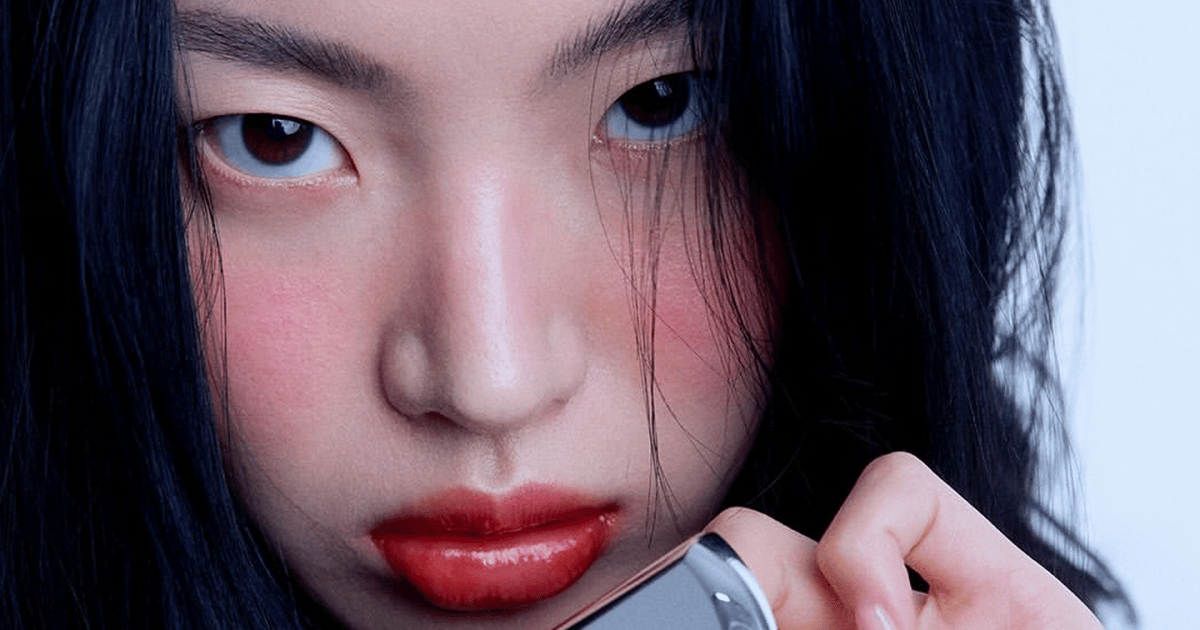
Over the past few decades, South Korean graphic design has emerged as a major influence in the international design world.
What began in small creative circles has evolved into a globally recognised movement, admired for its distinct visual language - one that blends vibrant colour, bold typography, and an unmistakable sense of depth and thought.
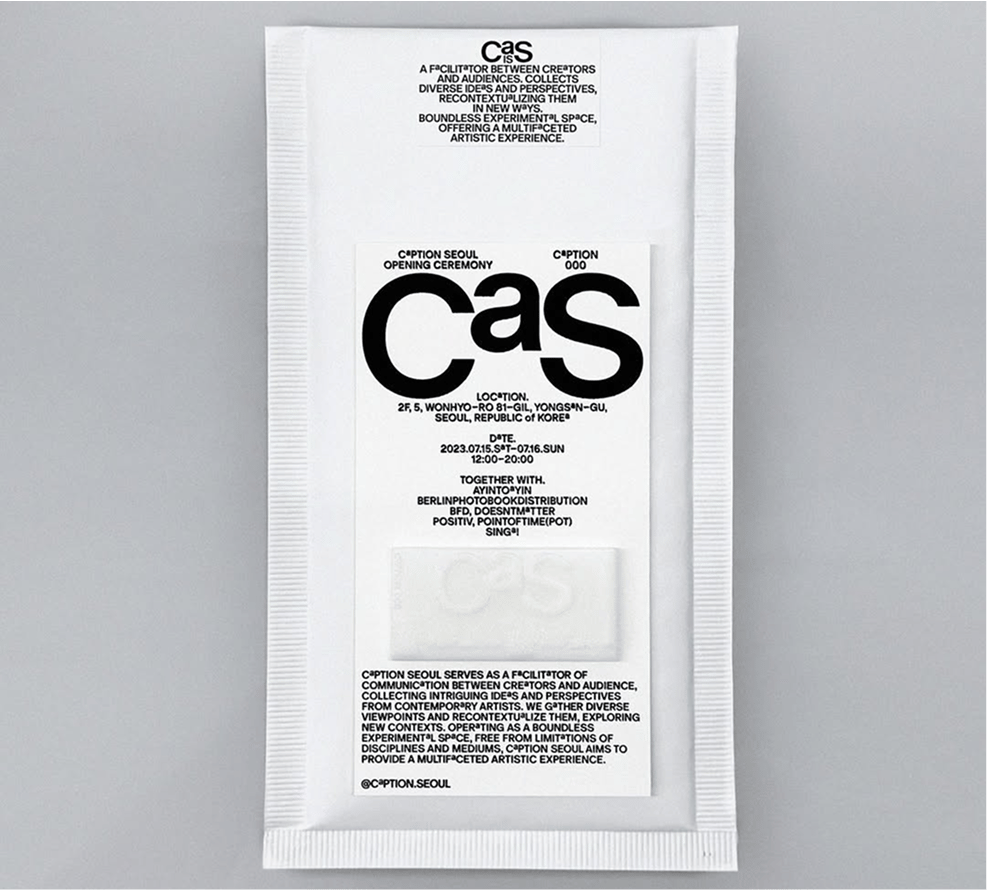
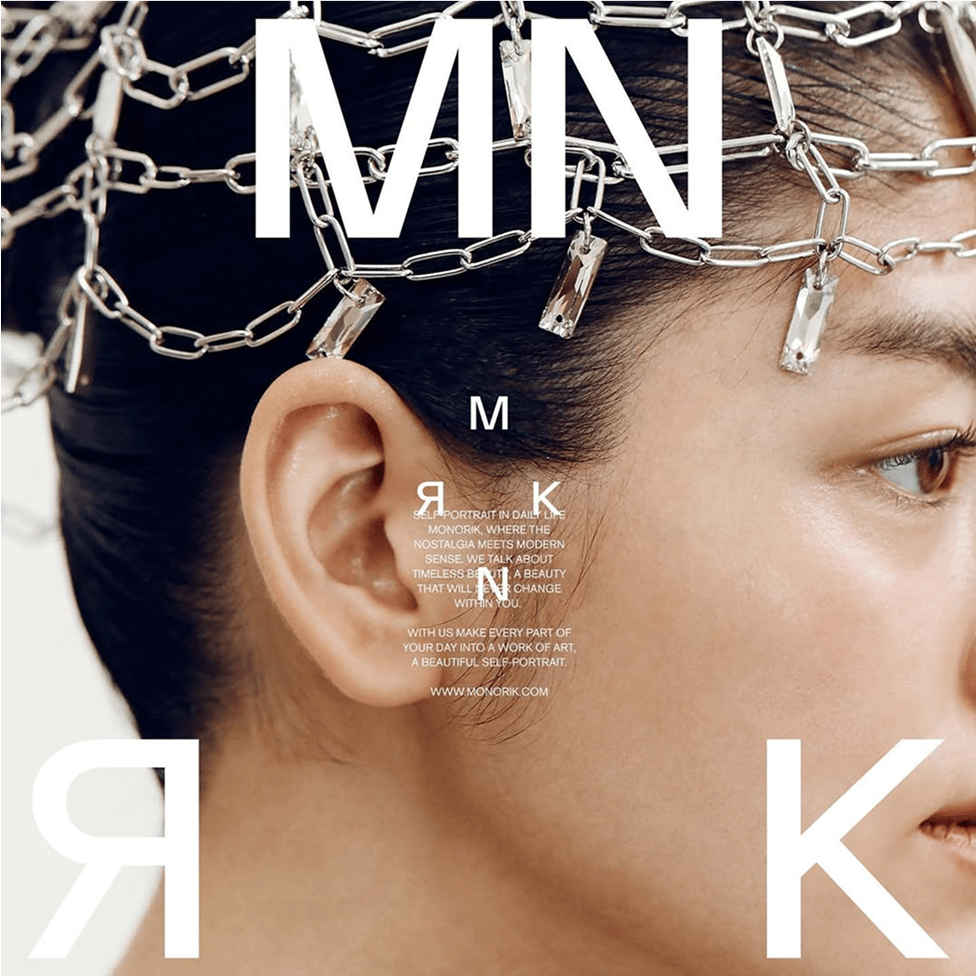
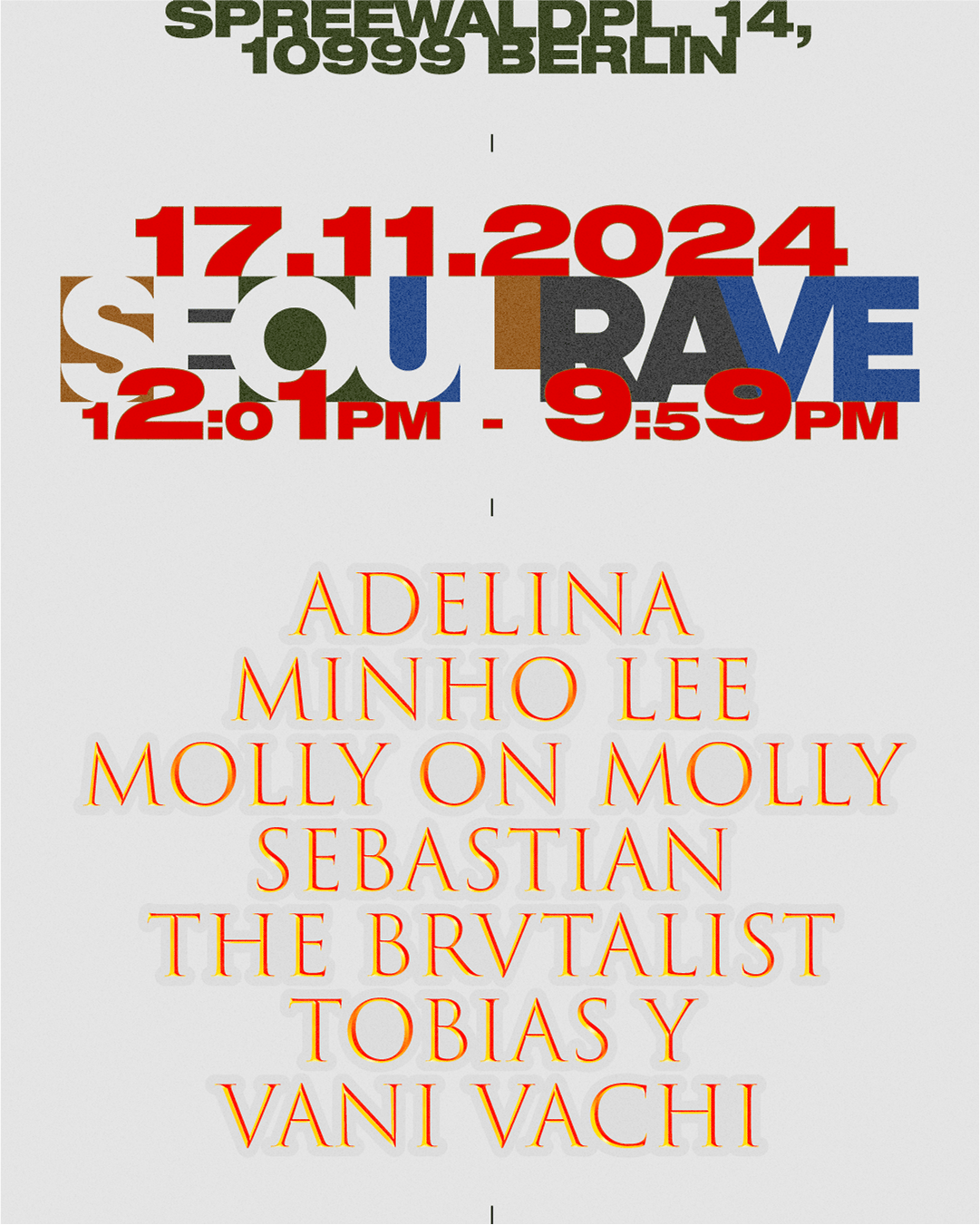
When I first began studying graphic design, both online and offline, much of the material I encountered overlooked South Korea’s contribution to the field. Growing up in London, my understanding of design history was shaped largely by Western perspectives. But as I explored the South Korean scene more deeply, I discovered a world of extraordinary creativity - expressive, experimental, and full of energy.
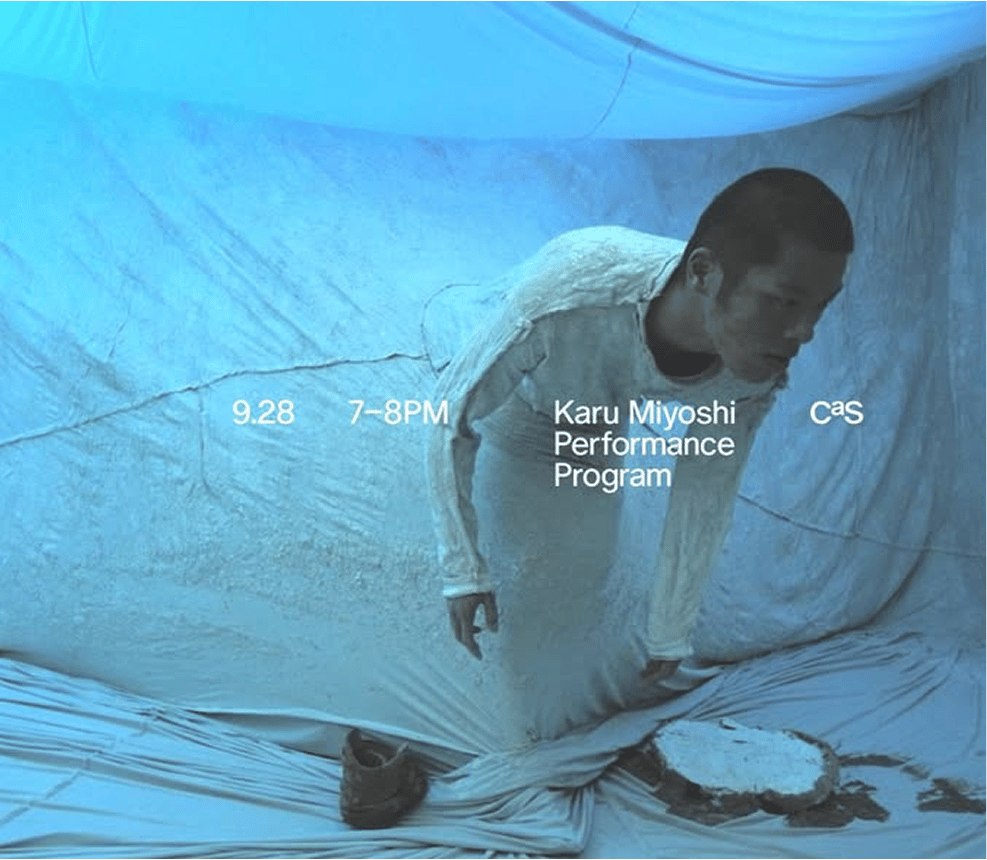
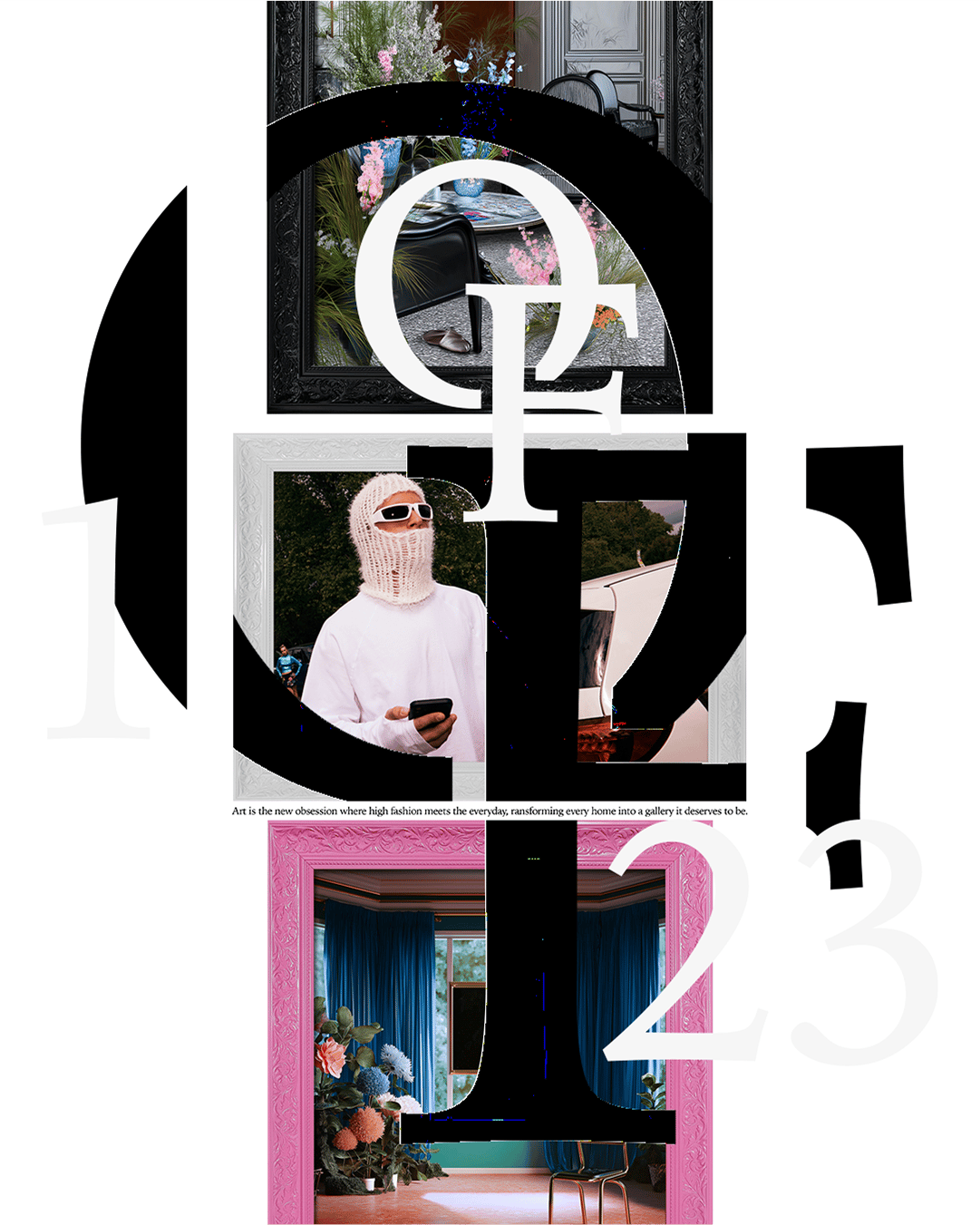
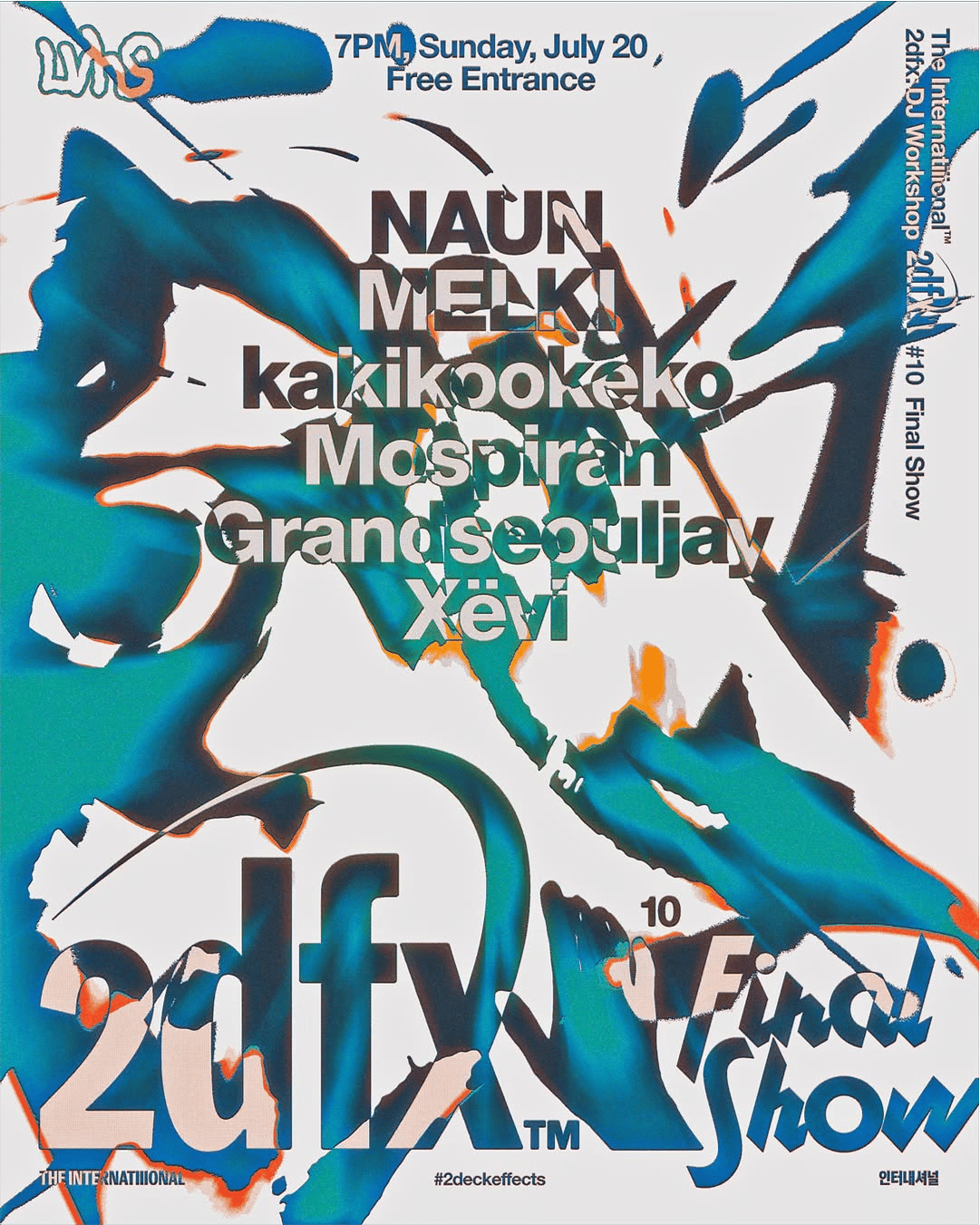
When looking at the South Korean design scene as a whole, what stands out is how readily designers apply their skills to create their own independent projects. As James Chae noted in a recent It’s Nice That article, many studios are expanding beyond client work to build self-initiated brands and products. For example, Huh Minjae and Studio Double D launched Be(Attitude) alongside their main studio practice, which later gave rise to Nupip, a Croc accessories brand born from that same spirit of experimentation.
Triangle Studio exemplifies this culture too. Alongside a portfolio of impressive domestic and international clients such as Zara, BRAYE, and Answerisyes, they founded firstbythree, a beautifully designed cafe in Seoul that reflects their refined visual sensibility.
What strikes me most is the distinct style and confidence behind these creative pursuits. Personally, I’ve often found it harder to channel my design experience into my own projects than into client work.
The South Korean scene serves as a powerful reminder of the value of our craft - and how designers everywhere can use their skills not only to serve others, but to build something of their own.
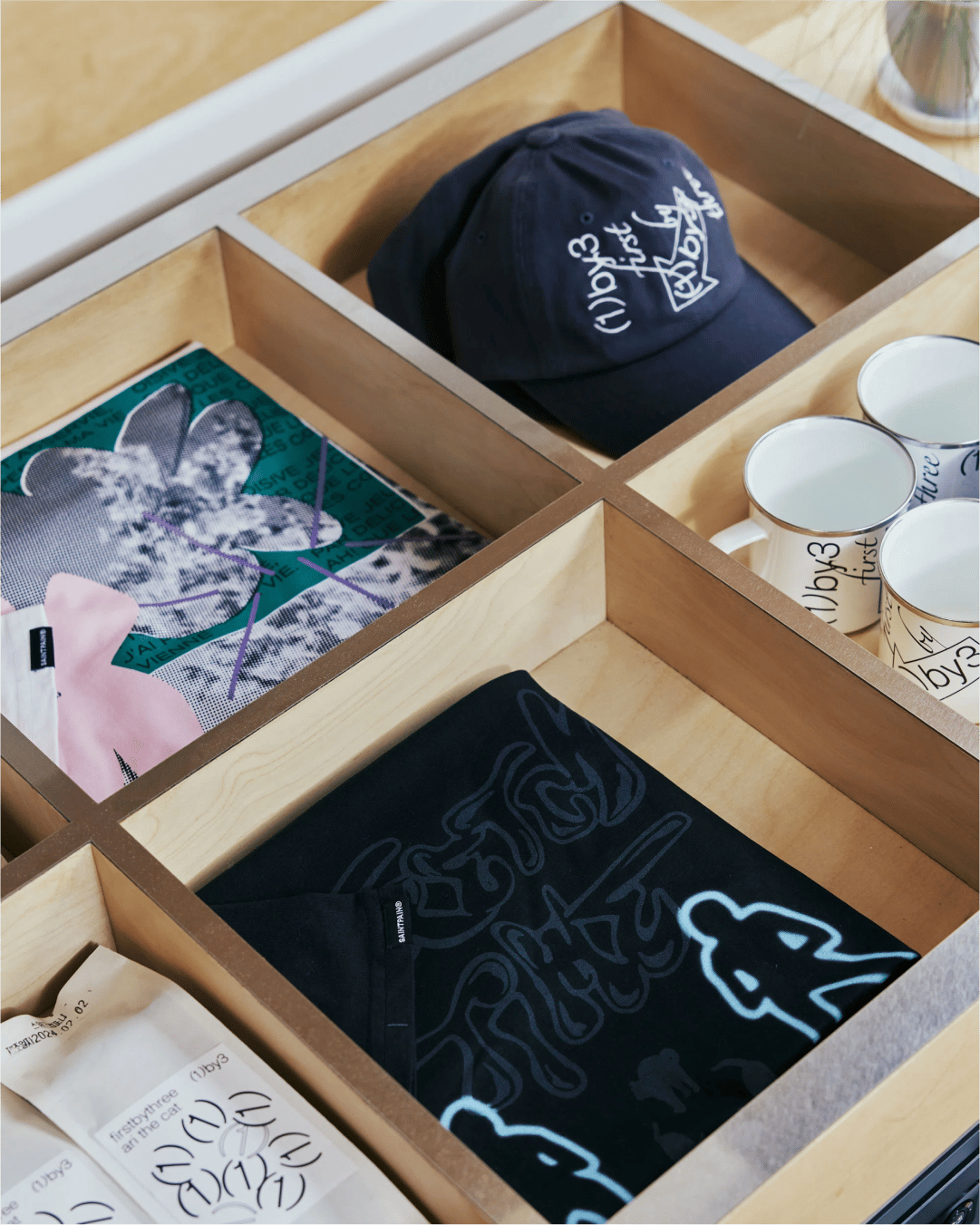
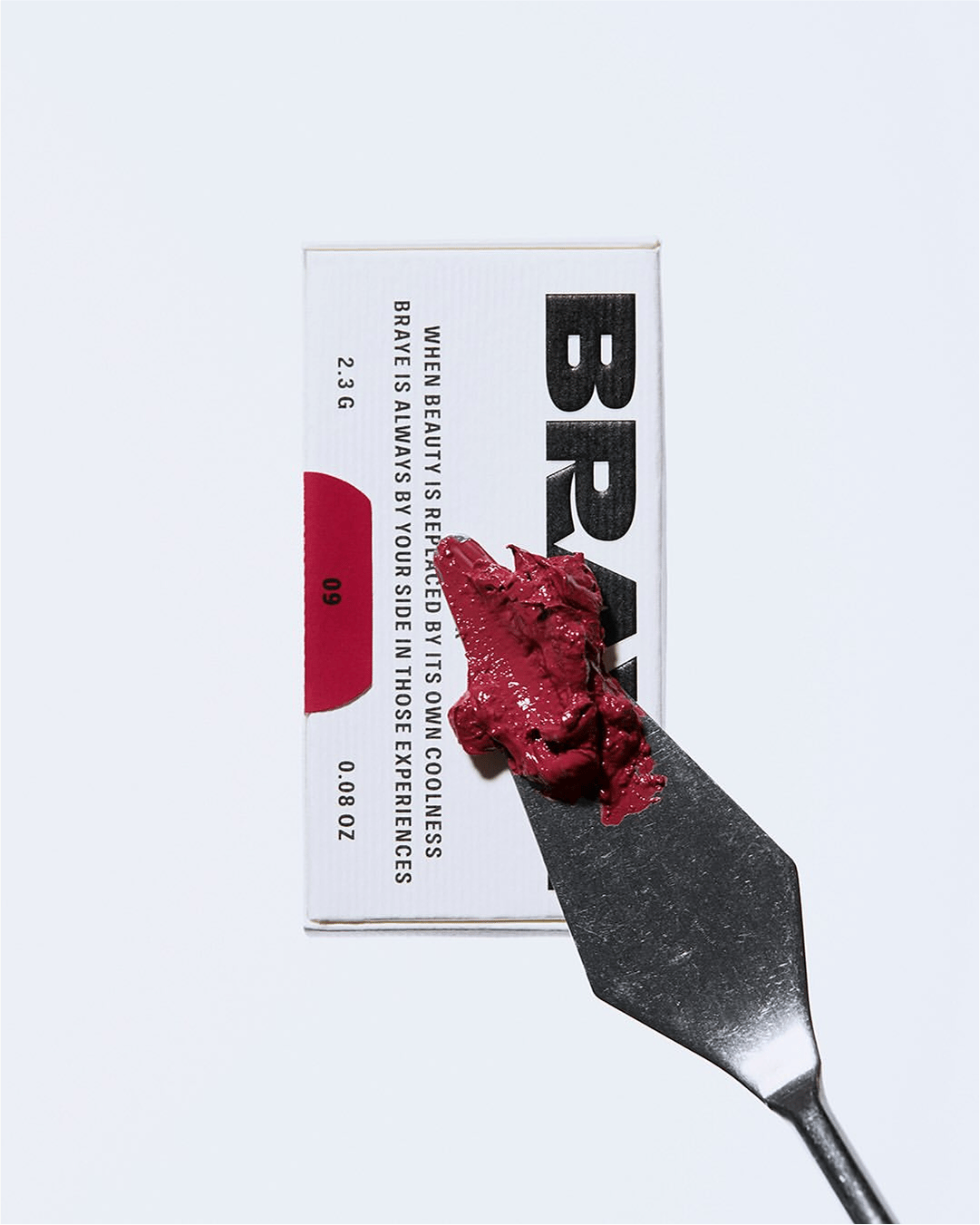
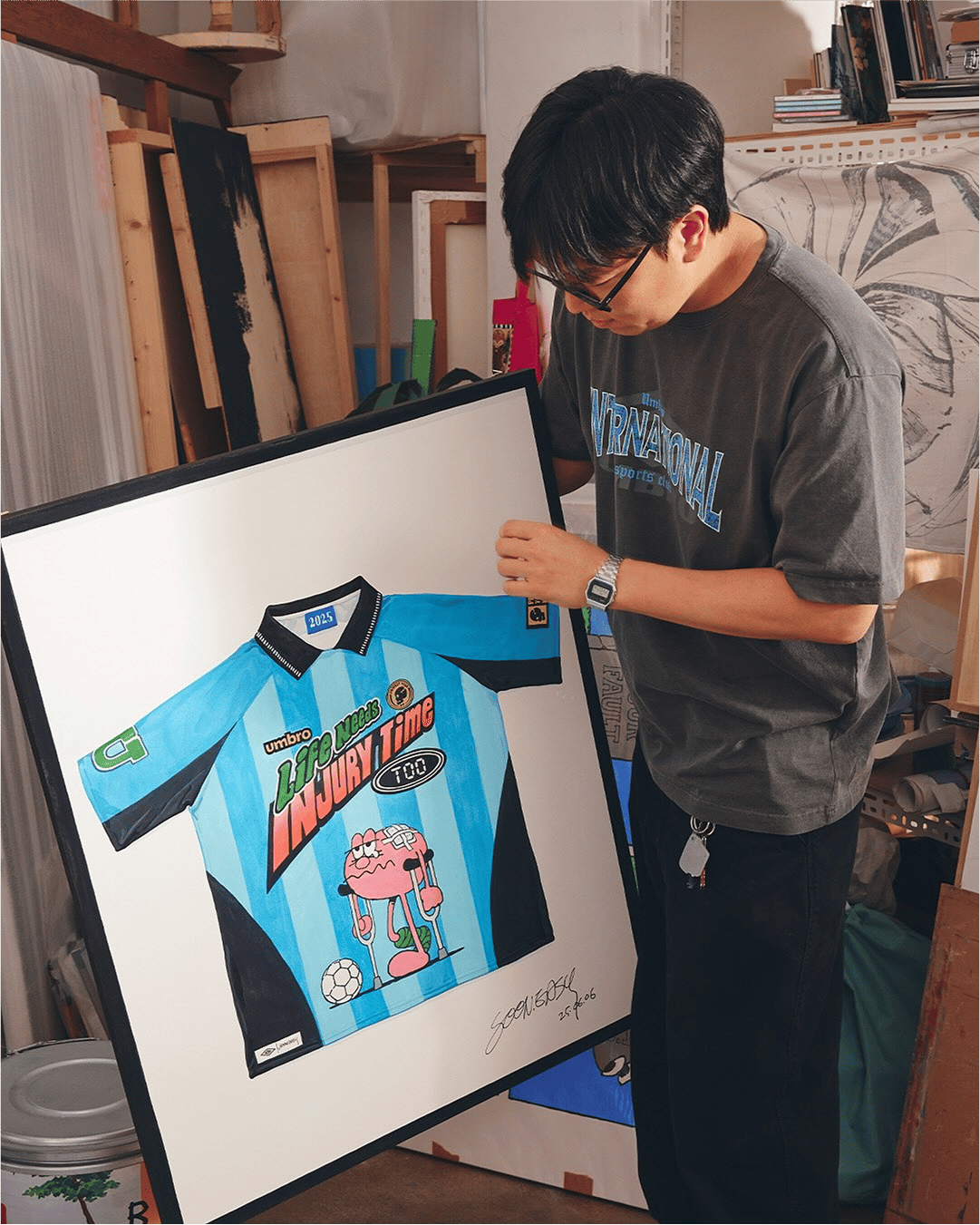
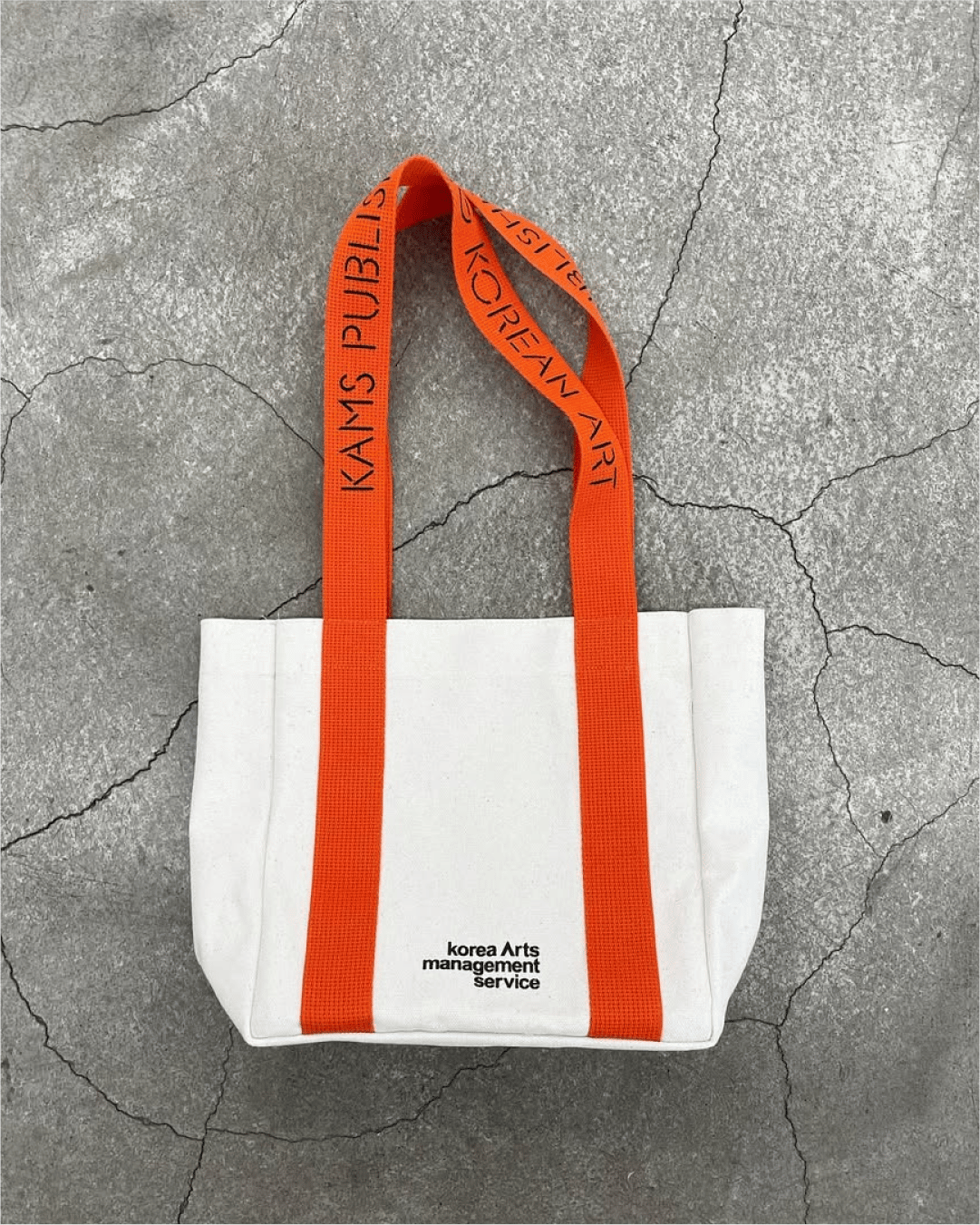
Jaeho Shin is a Seoul-based designer whose work is defined by a striking sense of contrast. Blending grainy textures, cropped photography, and bold typography, his style hard to boil down to a simple definition - it’s something you have to experience visually.
Some pieces lean toward high luxury, while others embrace a distinct urban edge - blending grunge and minimalism with effortless balance. This creative versatility has earned him collaborations with brands such as Umbro, Fila, and other global names.
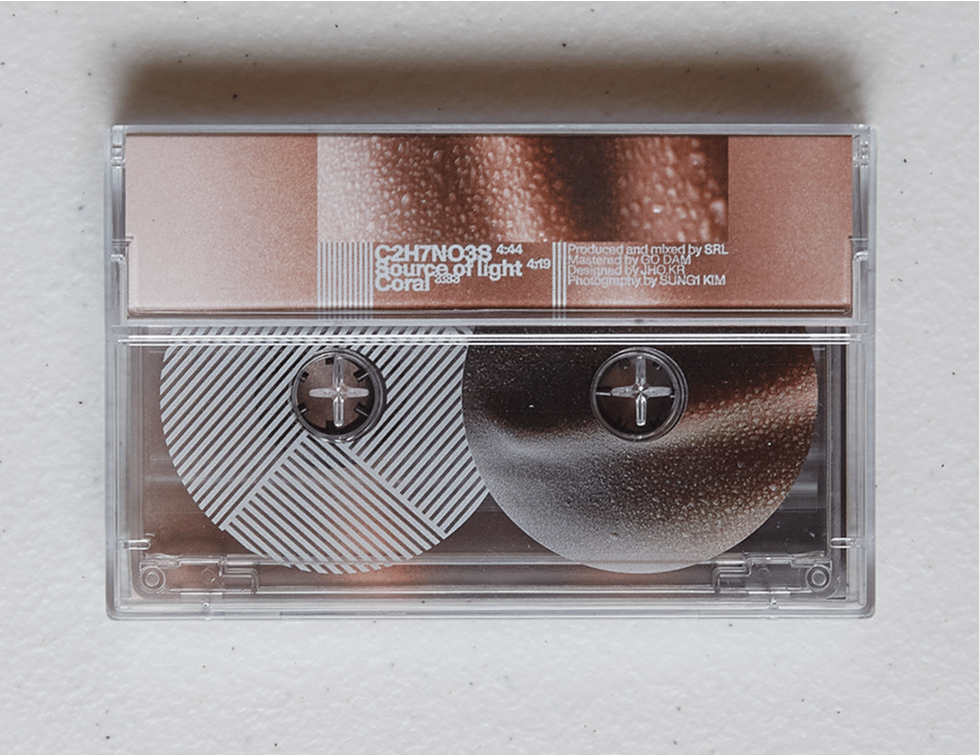
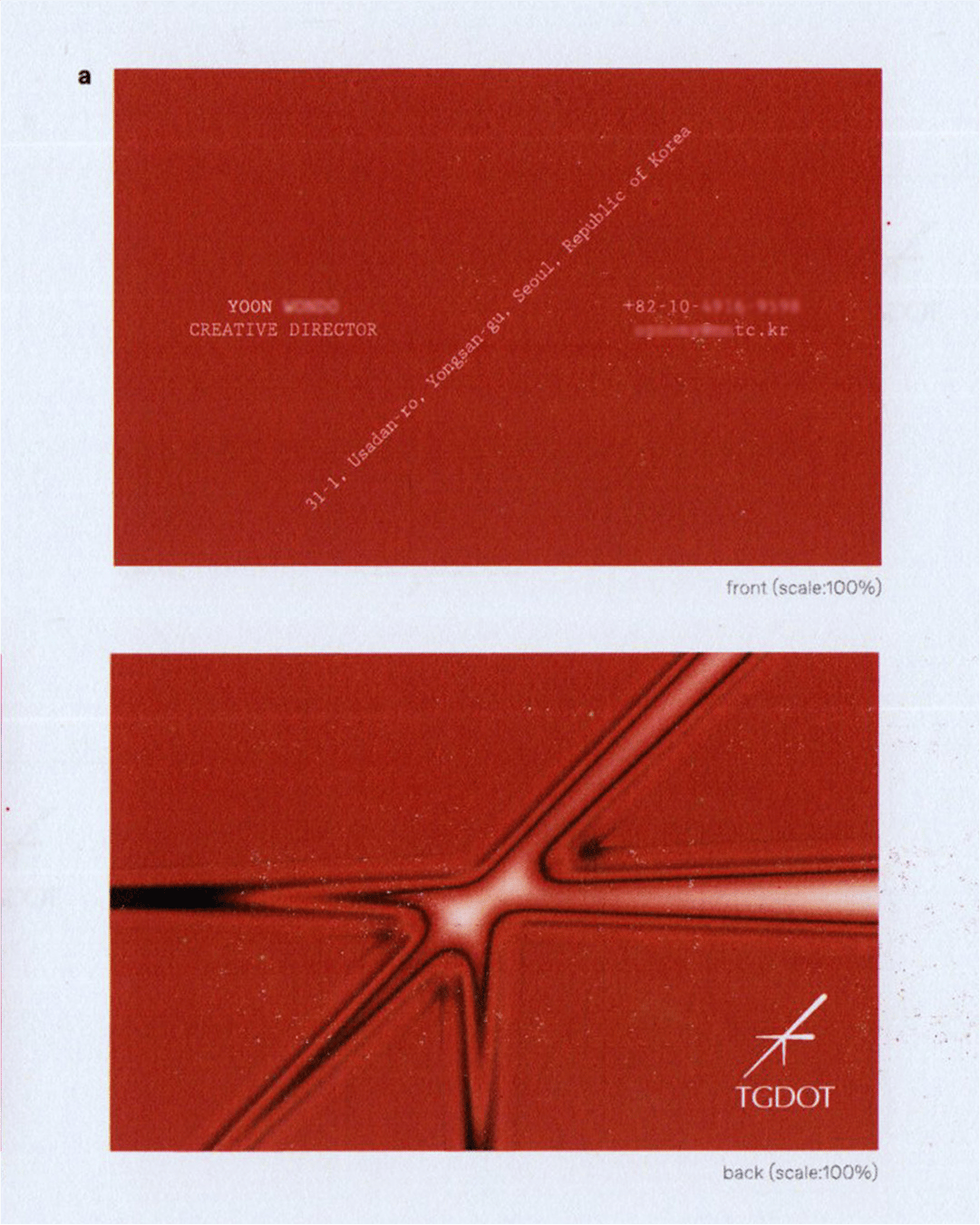
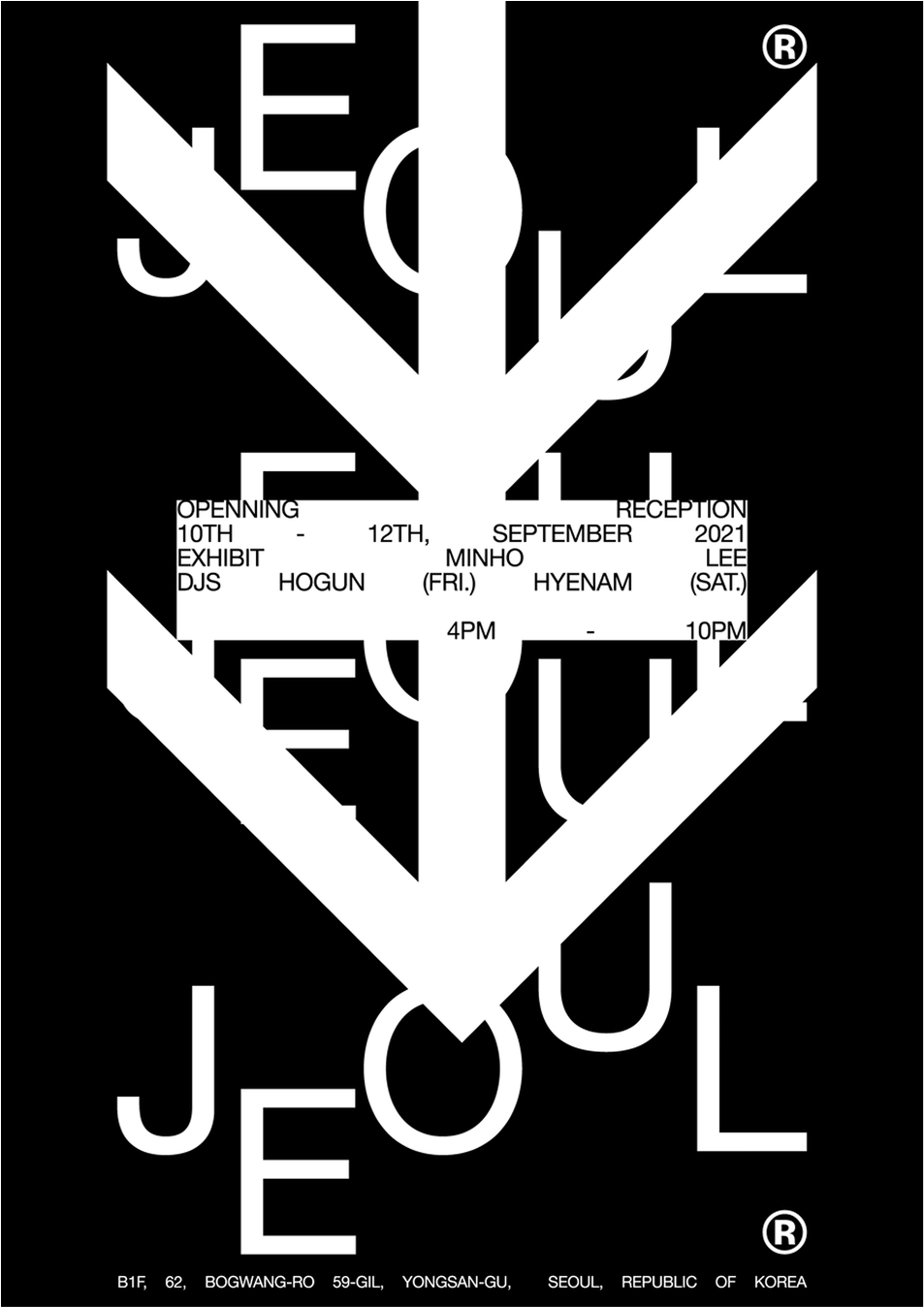
Seoul’s design culture is supported by a range of institutions that celebrate and showcase its creative talent. Caption Seoul, a project by Materials and curator Kim Hyein, presents an exceptional selection of works in a beautifully curated gallery space - and as a side note, their graphic identity across social media and printed materials is endlessly captivating.
The Book Society, active since 2010, continues to publish books, host exhibitions, and curate projects that highlight the breadth and depth of South Korea’s design and literary scene.
What makes South Korea’s design culture so compelling is its balance of confidence and curiosity - a scene unafraid to experiment, yet deeply rooted in craft and clarity. It shows how design can transcend commercial purpose and become a form of cultural authorship, shaping not only brands but identities and communities.
For me, exploring this world has been a reminder that great design doesn’t always follow trends; it creates its own rhythm. What makes this scene truly inspiring is how it uses design to create real spaces - places that people gather around, engage with, and grow from. It’s a reminder that design, at its best, doesn’t just communicate - it Connects.
Shot of the good stuff

